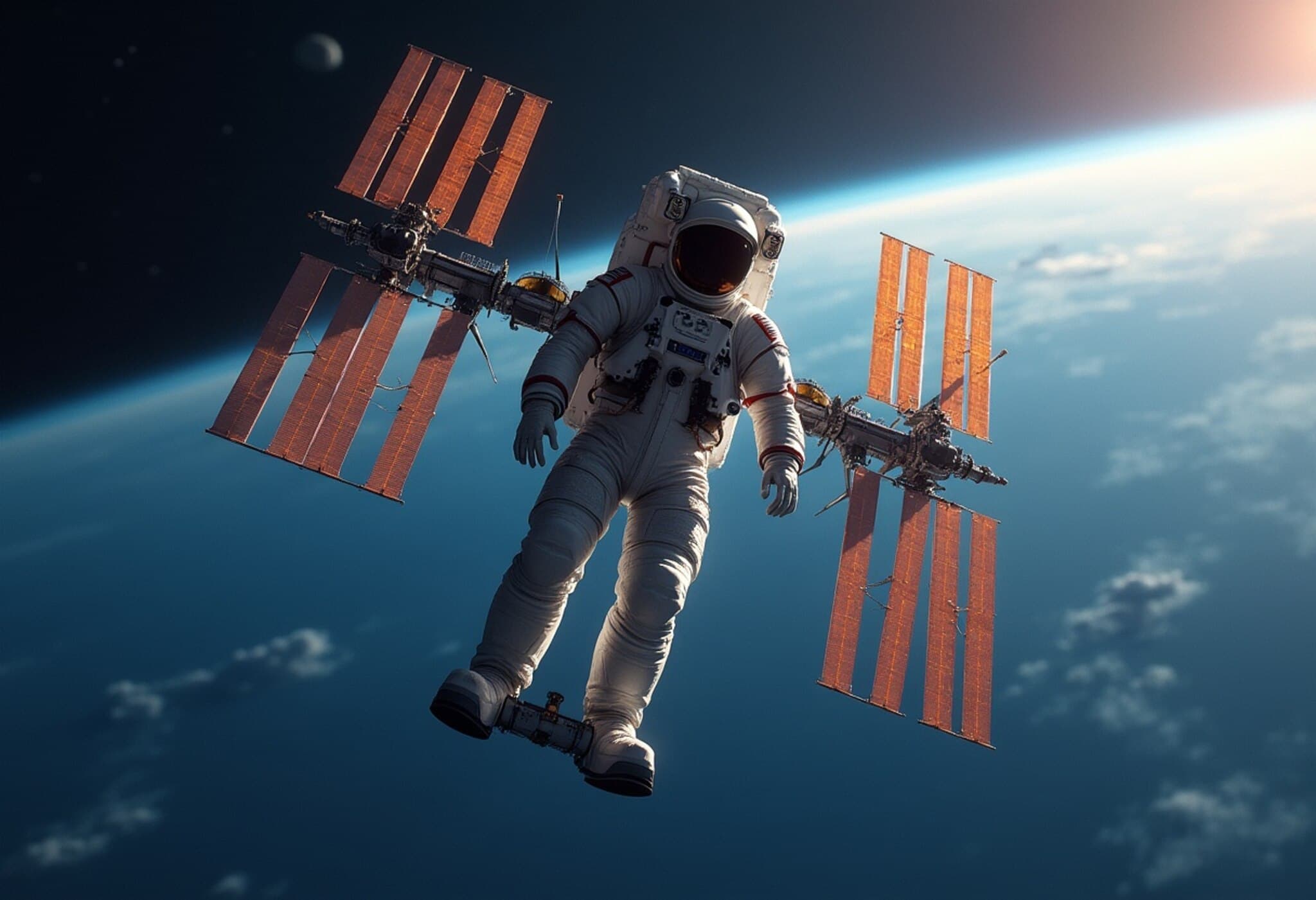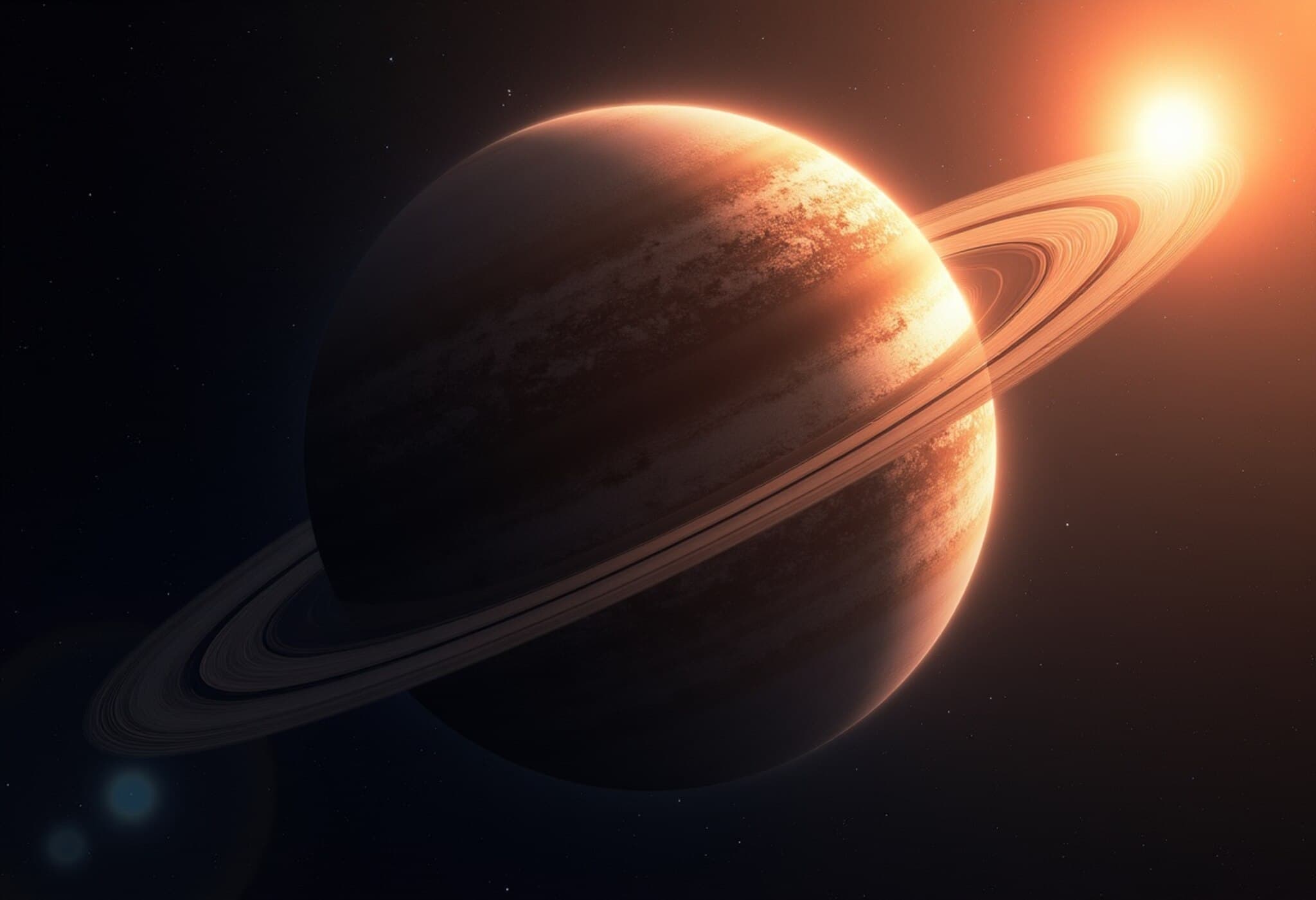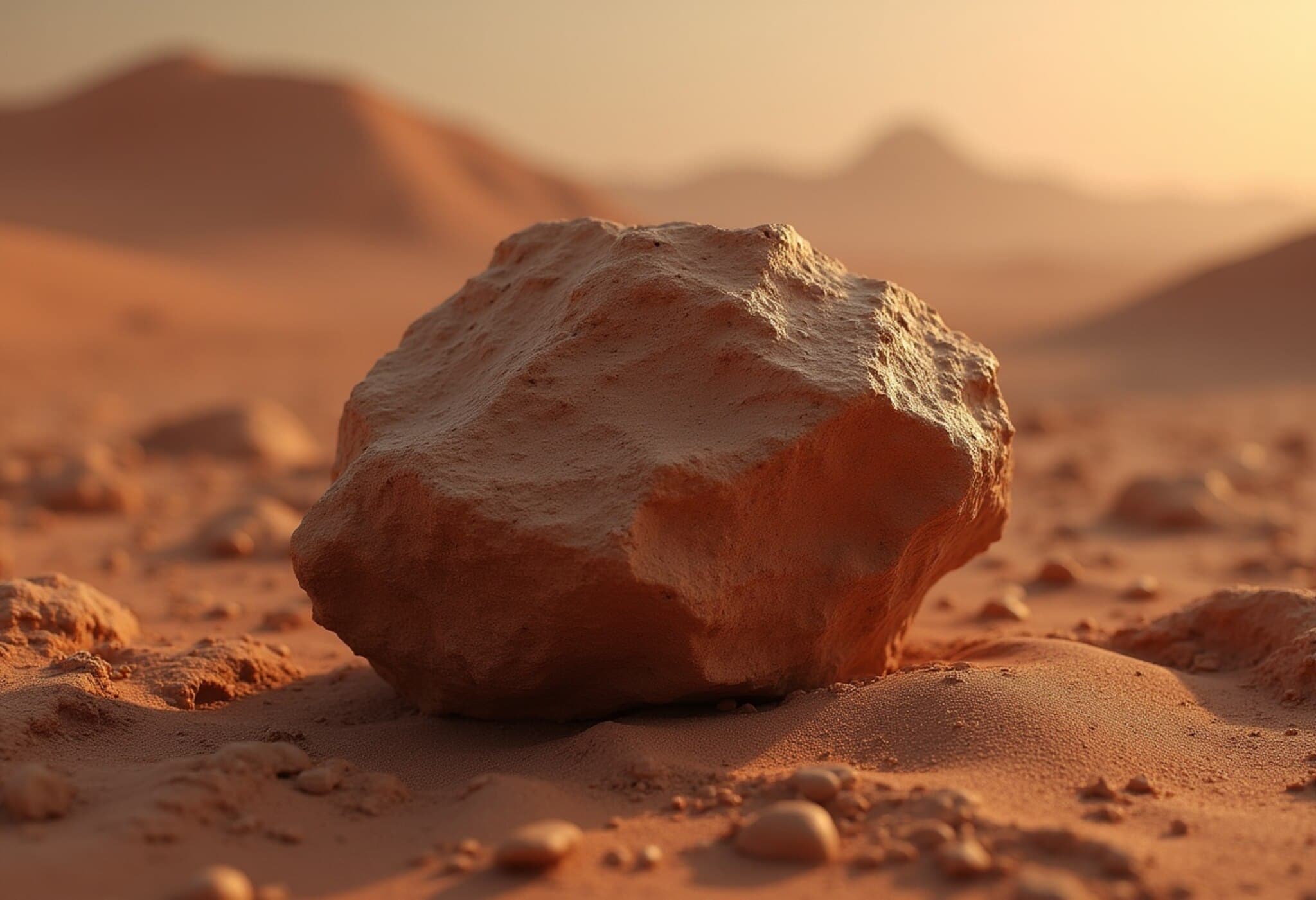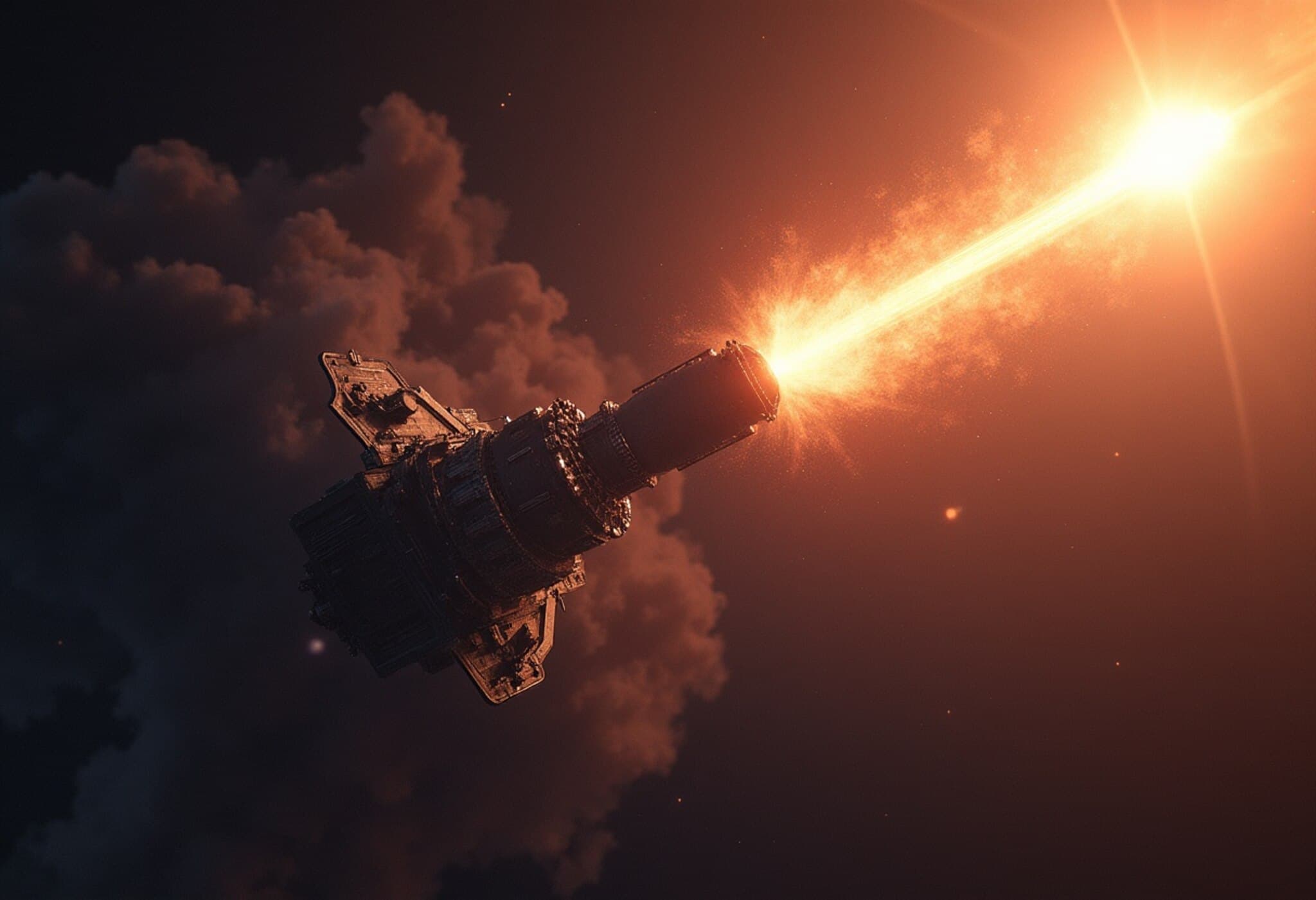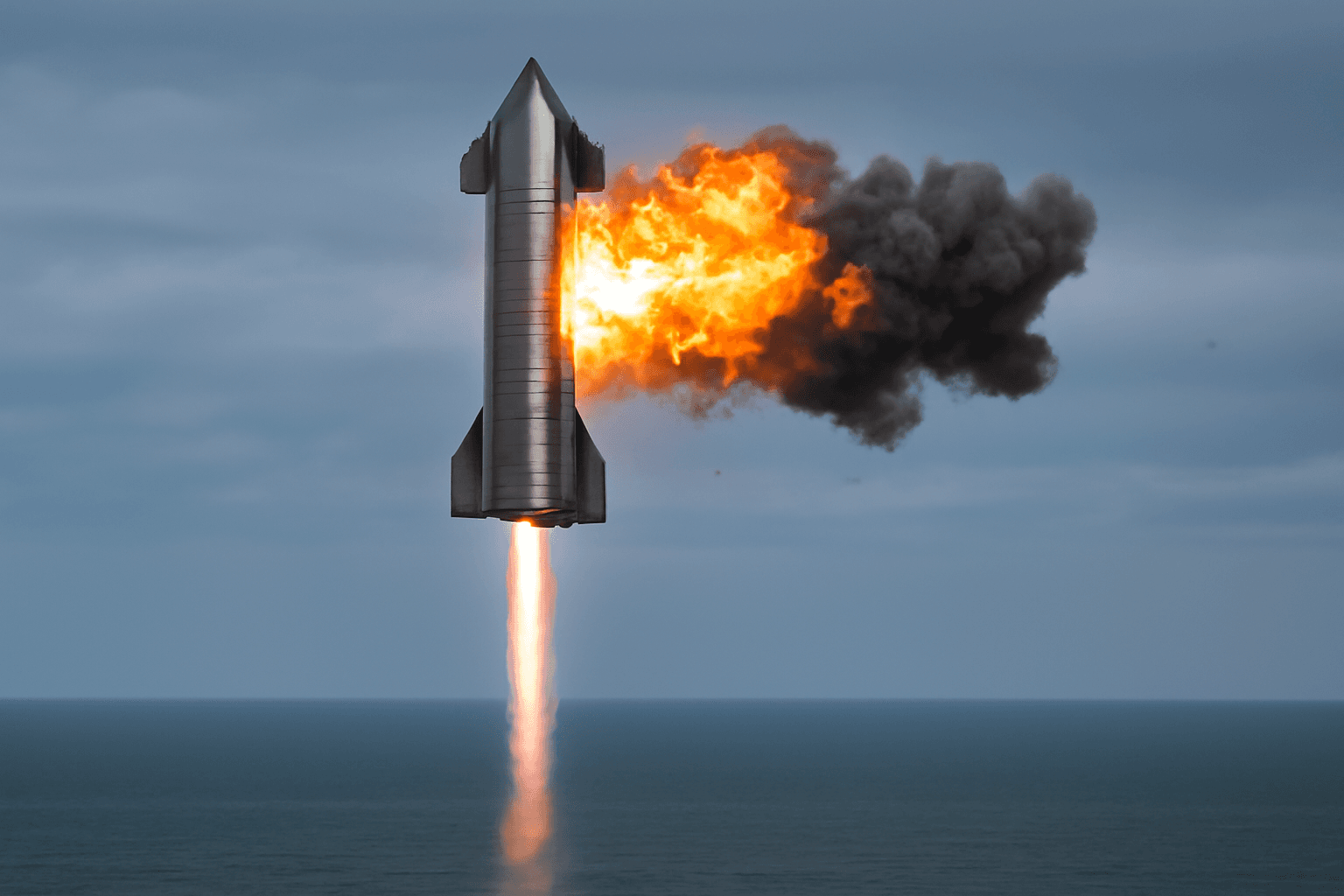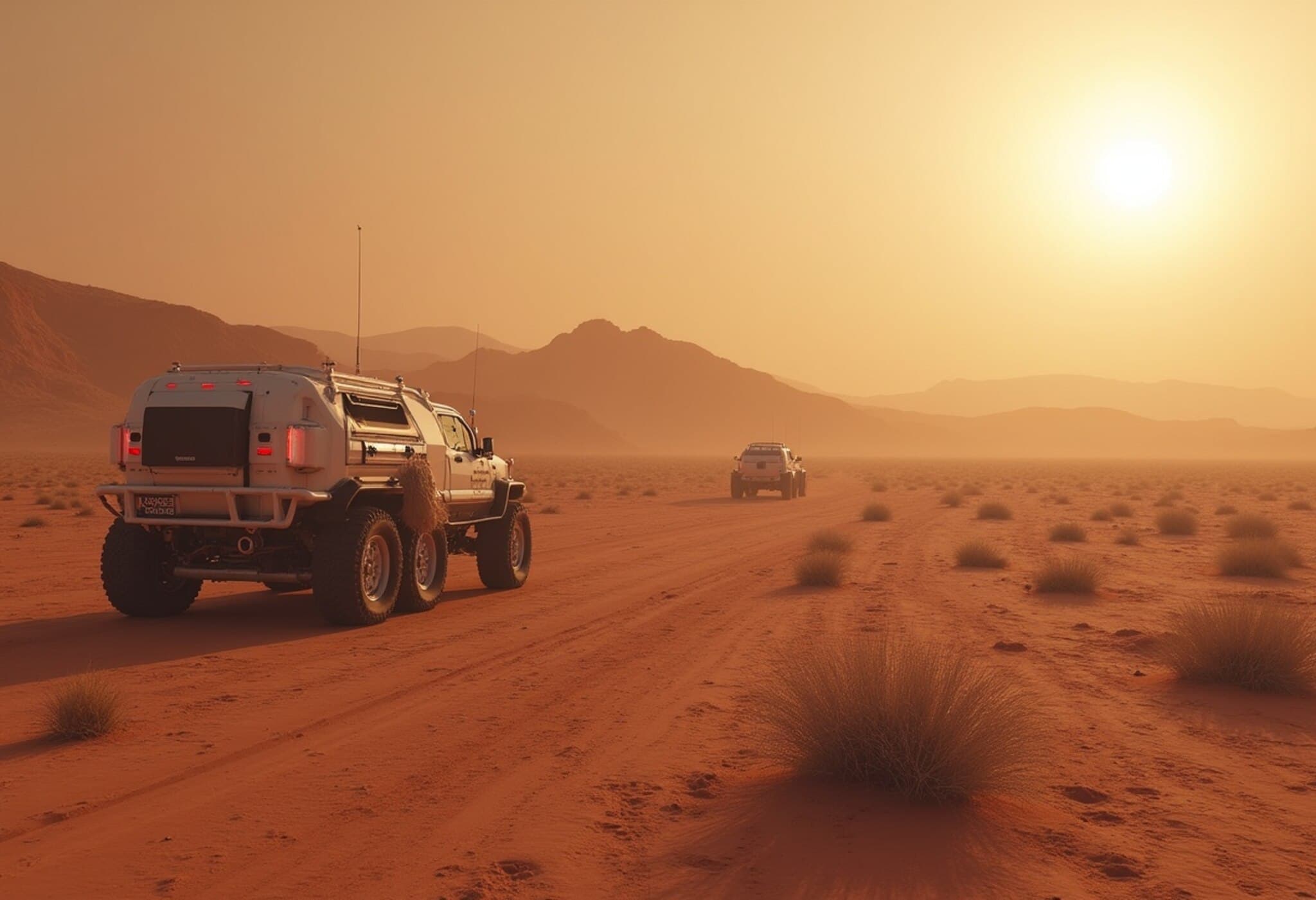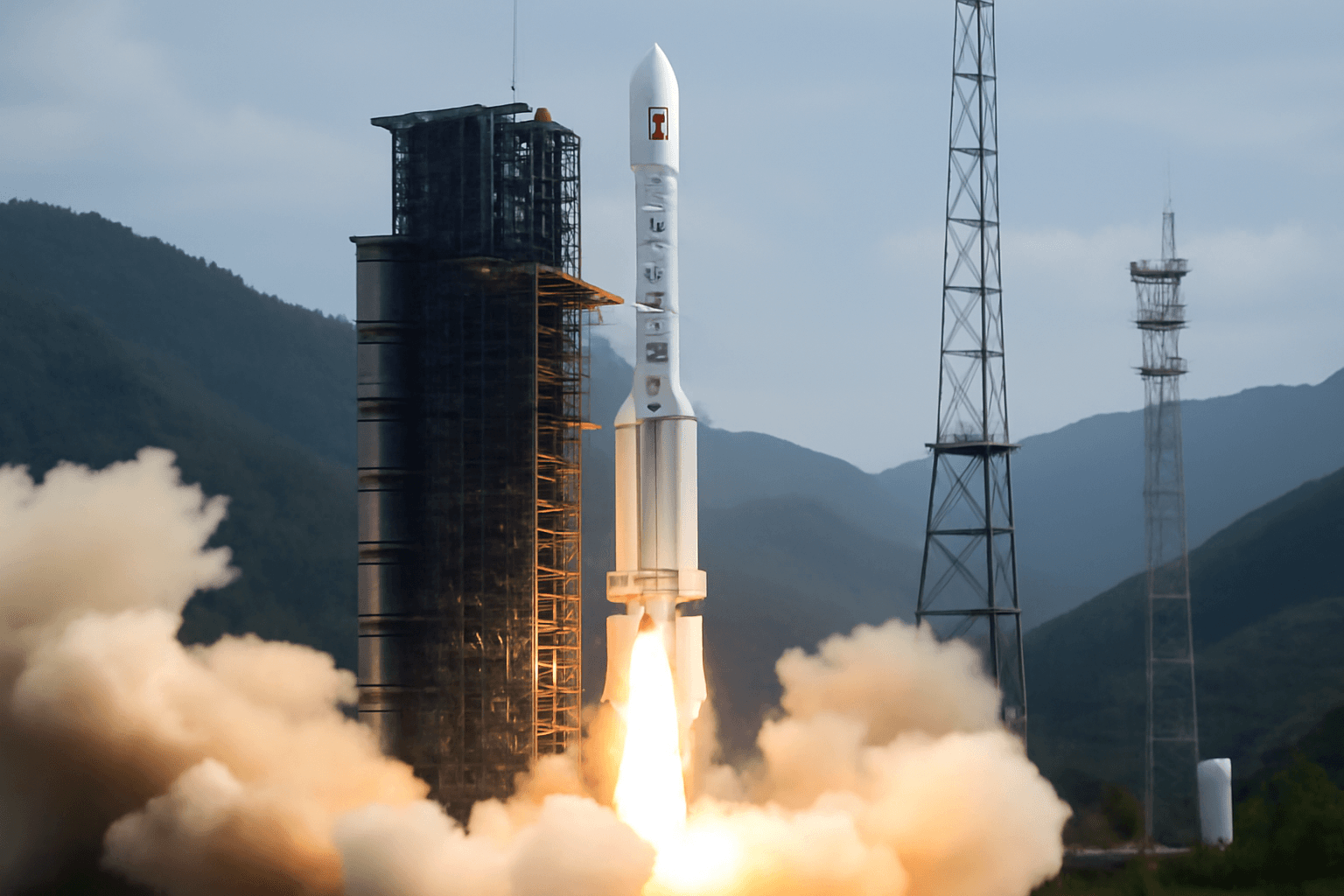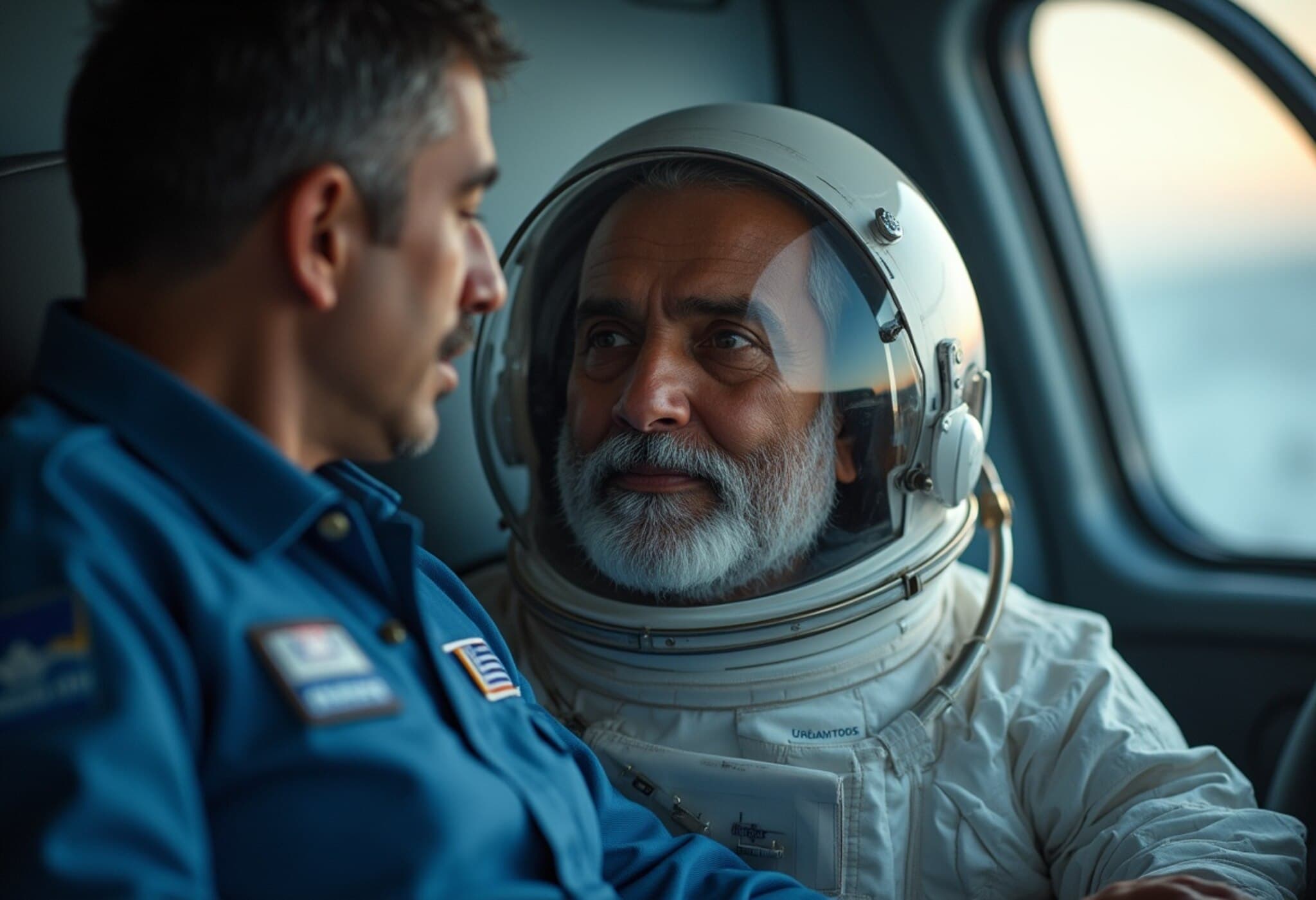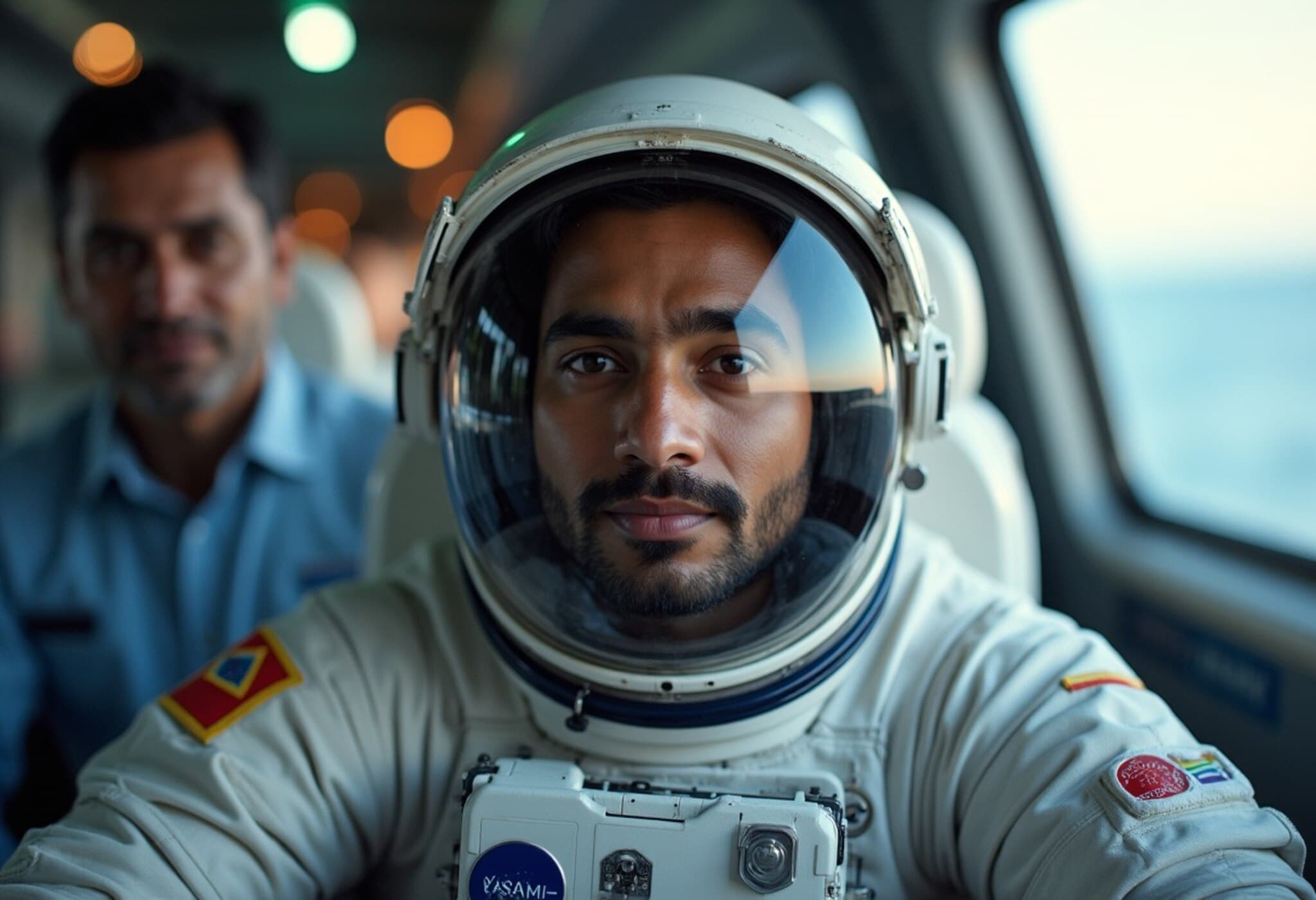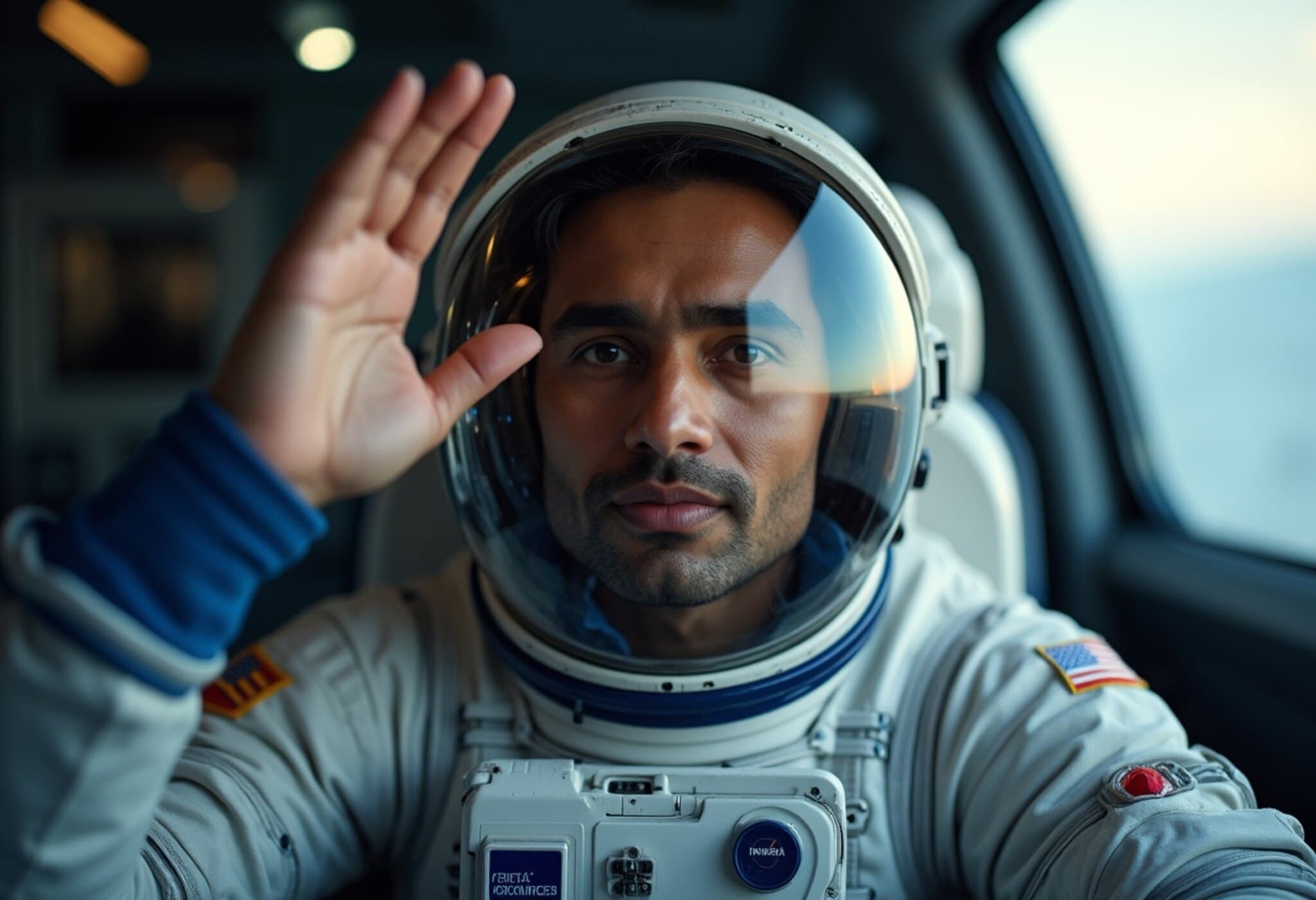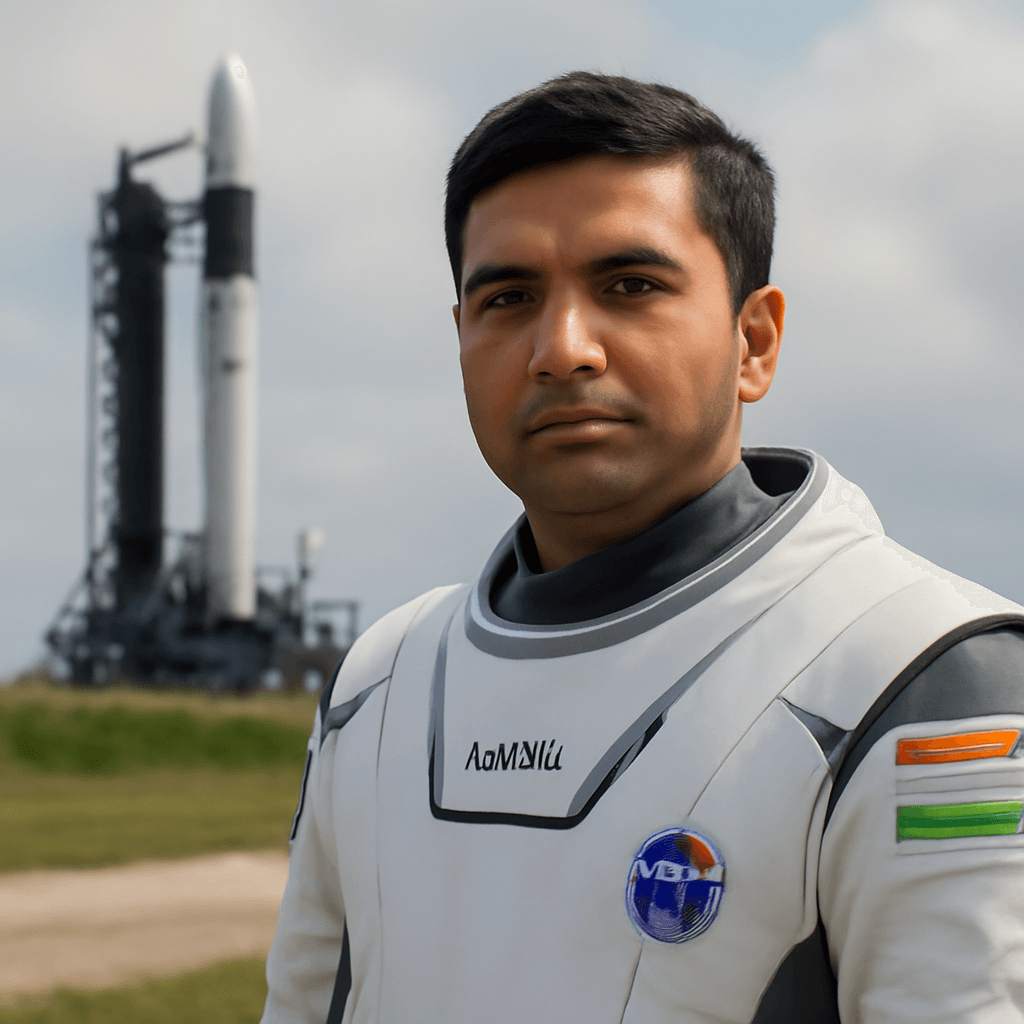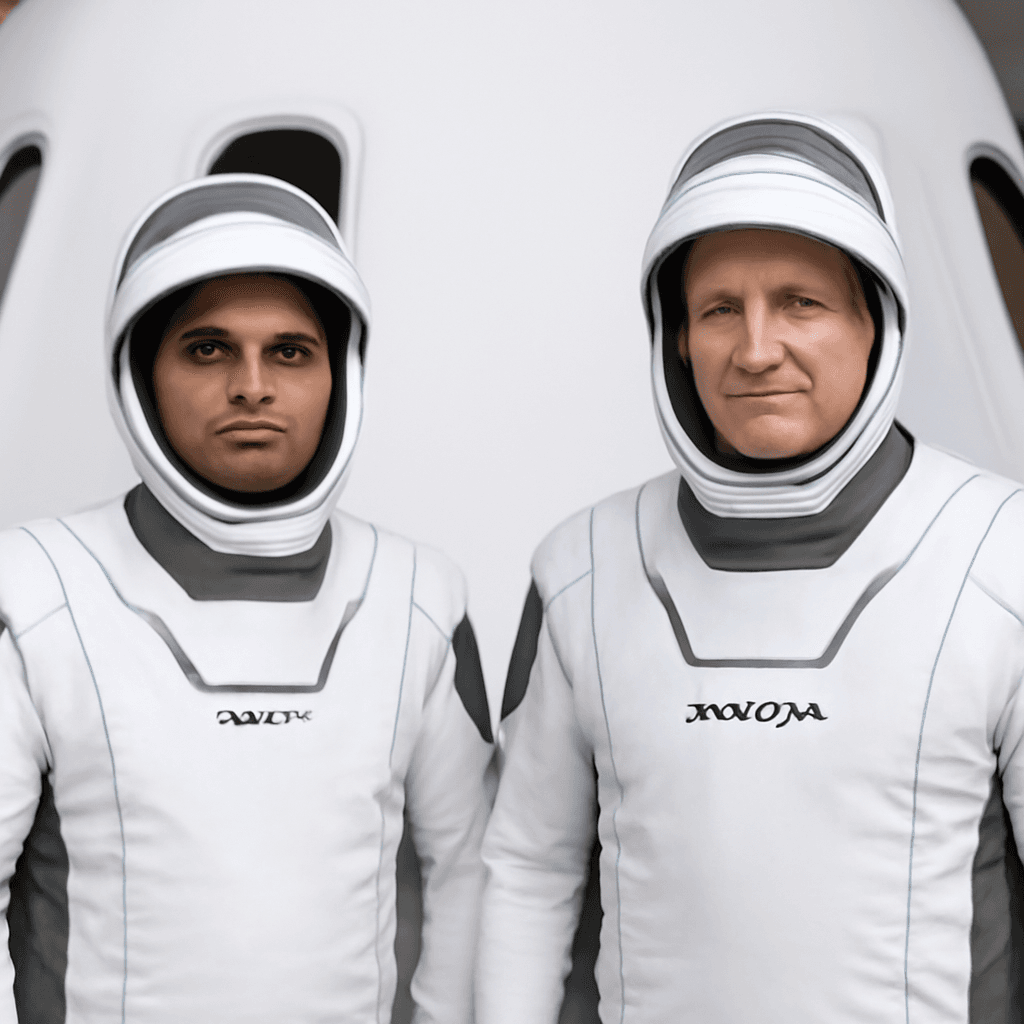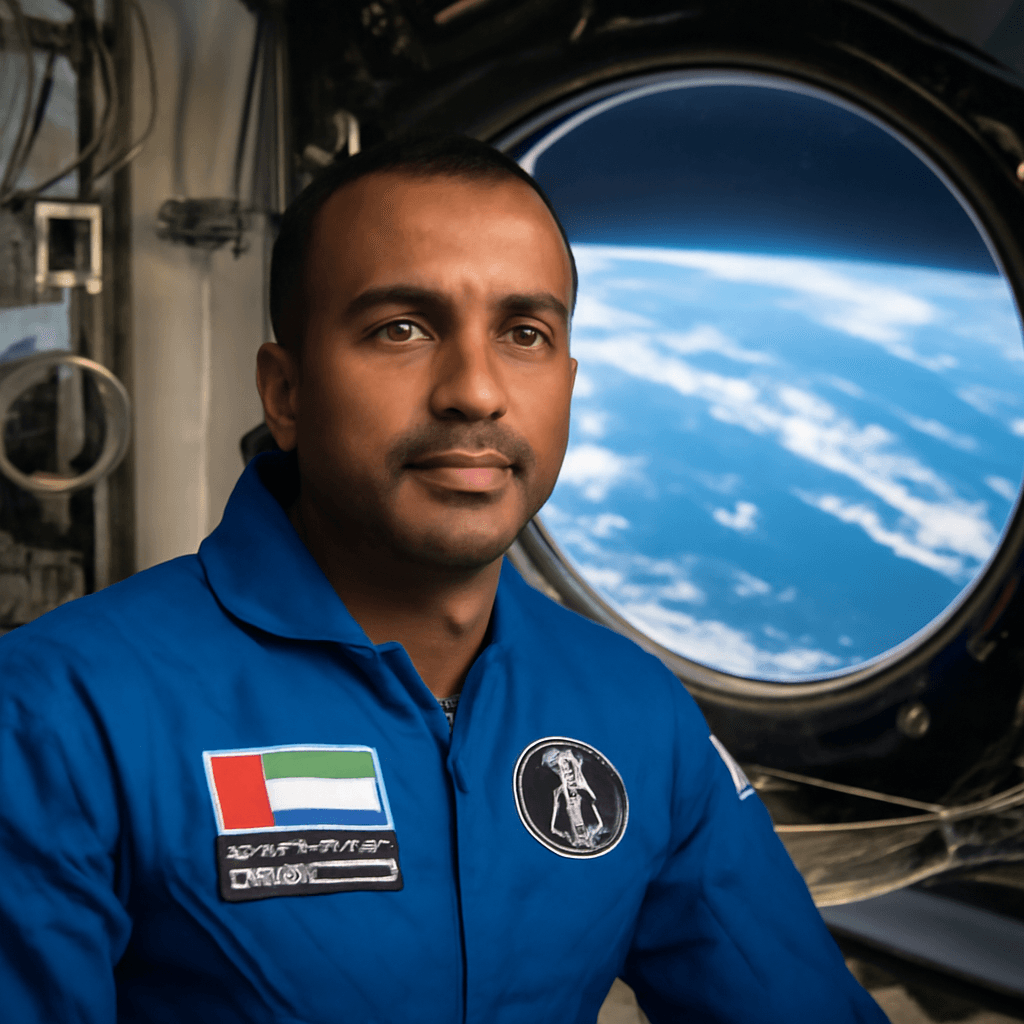Shubhanshu Shukla: India’s Trailblazer at the International Space Station
With the successful docking of the Crew Dragon spacecraft from the Axiom-4 mission at the International Space Station (ISS), Group Captain Shubhanshu Shukla has made history. As the designated pilot of the mission, Shukla becomes the first-ever Indian to visit the ISS, following in the footsteps of Squadron Leader Rakesh Sharma, the only other Indian to have ventured into space back in 1984. This milestone shines a spotlight on an extraordinary orbital laboratory and its significance in global scientific cooperation.
10 Intriguing Facts About the International Space Station
1. A Monumental 15-Nation Partnership
The ISS represents a colossal teamwork effort involving 15 countries, partnering to carry out scientific research, educational programs, and technology demonstrations. This multinational orbital laboratory benefits humanity while paving the way for deeper space exploration.
2. The Largest Man-Made Object in Earth's Orbit
Weighing over 400,000 kg (900,000 lbs), the ISS is the largest artificial structure circling our planet. Its pressurized internal space spans approximately 900 cubic meters (31,000 cubic feet), with an overall size stretching 109 meters across and 51 meters in length. These dimensions fluctuate slightly as resupply missions dock and depart regularly.
3. A Solar Powerhouse
The station’s vast solar arrays cover an area of 2,247 square meters (24,187 square feet), generating up to 735,000 kWh of electrical energy annually, powering the station’s myriad systems and experiments.
4. Sophisticated Systems Under Control
Behind the scenes, the ISS is managed by over 50 computers. At any given time, it can accommodate connections from up to eight spacecraft, facilitating crew arrivals, cargo deliveries, and module expansions.
5. More Than Two Decades of Continuous Human Presence
Since its initial launch phase in 1998 and continuous occupation from November 2000, the ISS has been humanity’s constant outpost in space, evolving from a modest three-module station into a sprawling complex.
6. Hosting Over 260 Pioneers from 21 Nations
Over the years, more than 260 astronauts from 21 countries have called the ISS home during countless expeditions. Its footprint now rivals the size of a football field, supporting an international community dedicated to pushing the boundaries of science.
7. Living Quarters Worthy of Earthly Comforts
The station offers more than just cramped quarters; its living space is roughly the size of a six-bedroom house. Inside, astronauts enjoy six private sleeping areas, two bathrooms, a fully equipped gym, and a unique 360-degree viewing bay window for spectacular Earth vistas.
8. Witness to 16 Sunrises and Sunsets Daily
Orbiting at an astonishing speed of about 17,500 mph (28,000 km/h) from a height near 200 miles (320 km) above Earth, the ISS circles our planet approximately every 90 minutes. This dizzying pace allows crew members to experience 16 sunrises and sunsets each day.
9. Maintaining Health and Station Integrity
Spacewalks, essential for station maintenance and upgrades, are frequent tasks for astronauts and cosmonauts. Battling the effects of microgravity on bone and muscle mass demands a rigorous exercise routine, with crew members working out for at least two hours daily.
10. A Cutting-Edge Microgravity Laboratory
The ISS has transformed into a premier microgravity research hub, hosting nearly 3,000 scientific investigations from researchers across more than 108 countries. The results yield breakthroughs in technology and medicine, with benefits both on Earth and for future deep-space missions. This orbital outpost is slated to continue its pioneering work through at least 2030.
The historic Axiom-4 mission and Group Captain Shubhanshu Shukla’s journey highlight the incredible international effort and continuous innovation embodied by the ISS — a beacon of human ingenuity orbiting above our heads.

